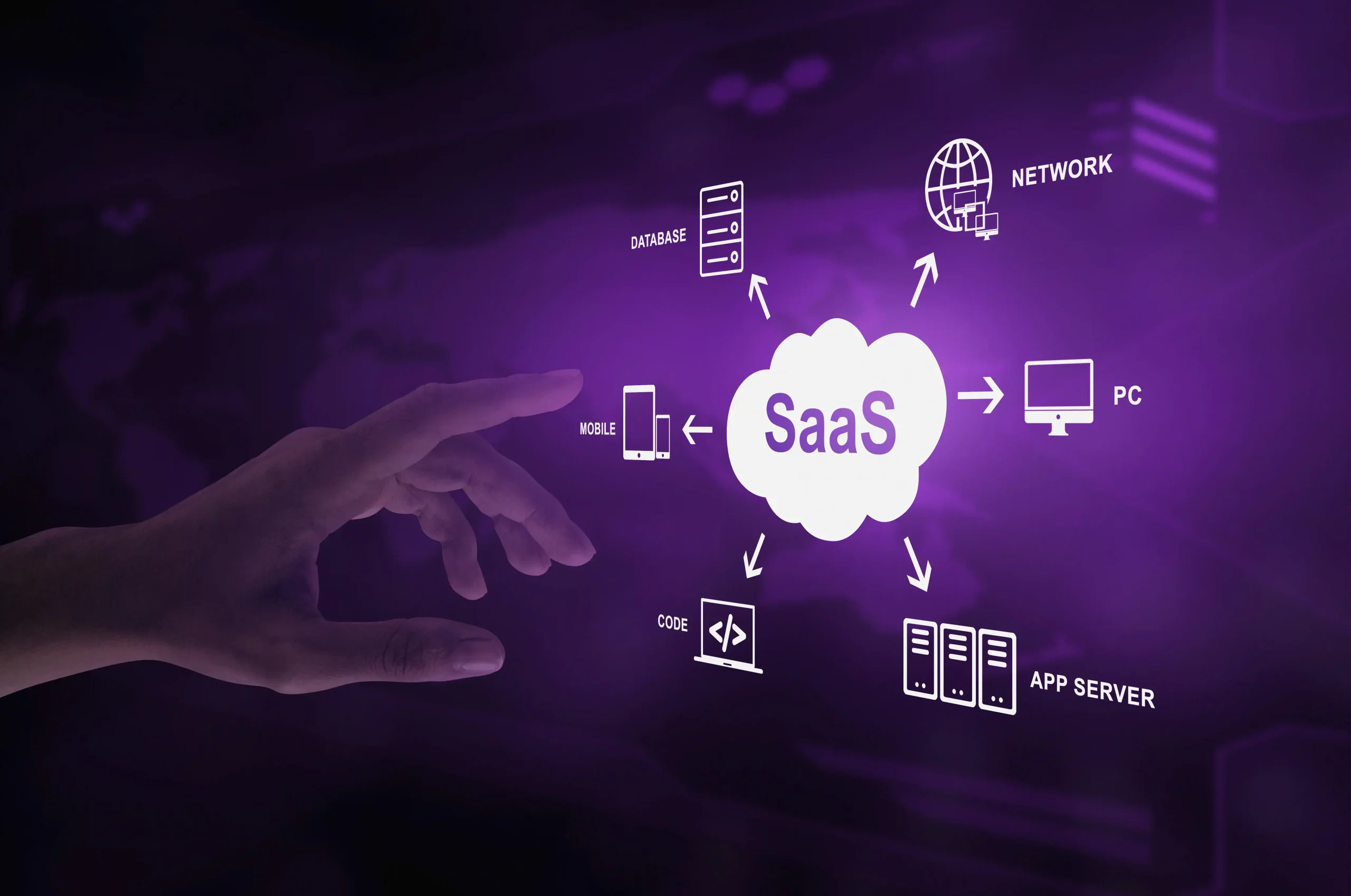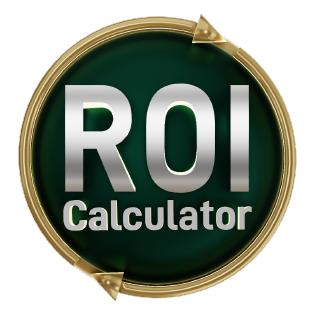Introduction
SaaS (software-as-a-service) is a booming industry that offers many opportunities for businesses to grow and scale. However, SaaS marketing can be challenging and requires a different approach than traditional marketing. How can you attract, convert, and retain customers for your SaaS product in a competitive and dynamic market? What are the best strategies and tools to use for SaaS marketing? What are the best practices and trends to follow in SaaS marketing? In this blog post, we'll cover these questions and more. We will explore some of the most effective SaaS marketing and growth strategies you can use to achieve your business goals. We will also cover some of the best SaaS marketing automation tools that can help you streamline and optimise your marketing processes.
This content outlines five key growth marketing strategies for SaaS companies:
Demonstrate authority with content
Generate content that connects with the audience at each stage of the buying journey, increasing the likelihood of conversion. A remarkable example of this approach is HubSpot, which employs diverse content formats, such as blogs, templates, and courses, to position itself as a leading platform in the industry.
Deliver value in their inbox with email marketing
Despite common perceptions, email marketing remains a highly effective marketing strategy with a high ROI. Kissmetrics effectively uses email campaigns by leveraging its analytics tool to target specific personas with relevant content, often gated behind user details.
SaaS Influencer marketing
SaaS Influencer marketing helps you find industry leaders or influencers in the niche who can validate product claims, which is crucial. Canva's growth soared when former Apple Chief Evangelist Guy Kawasaki endorsed them, highlighting how influencers can boost brand recognition.
Partner with companies with the same target
Co-marketing involves partnering with other SaaS startups with similar audiences and business goals. Pocket, a social bookmarking service, collaborated with Dropbox, Evernote, and LastPass for the Productivity Pack, achieving mutual benefits by reaching a shared audience.
Leverage SaaS review sites for recognition
Positive reviews significantly impact customer decisions. A strong presence on review sites like G2 Crowd (Slack has 25K+ reviews and testimonials) helps potential customers compare different software solutions before purchasing.
SaaS Marketing Automation
One of the key strategies for SaaS marketing is to leverage automation tools to streamline and optimise your marketing processes. Marketing automation can save time, boost efficiency, and increase ROI. Some of the benefits of using SaaS marketing automation are:
You can generate more qualified leads by scoring, segmentation, and nurturing campaigns.
You can personalise your communication and offers based on user behaviour, preferences, and data.
You can send timely and relevant messages to your prospects and customers to improve conversion rates.
You can reduce your churn rate by providing value and support to your existing customers.
You can measure and analyse your marketing performance and optimise your campaigns accordingly.
Some of the best SaaS marketing automation tools you can use are HubSpot, Encharge, EngageBay, Userpilot, and Zapier.
SaaS Marketing Best Practices and Trends
SaaS marketing is constantly evolving and adapting to customers' changing needs and expectations. Here’s some of the SaaS marketing best practices and SaaS marketing trends to stay ahead of the competition:
Embrace product-led growth
Product-led growth (PLG) focuses on using your product as the main driver of your growth. PLG involves offering a free or low-cost version of your product, such as a freemium plan or a free trial, and letting your users experience the value and benefits of your product before asking them to pay. PLG can help you lower your customer acquisition cost (CAC), increase your customer lifetime value (CLV), and boost your word-of-mouth referrals.
Create a clear and compelling value proposition
A value proposition summarises why your product is the best solution for your target audience. It should highlight your product's benefits and outcomes and the unique features and advantages that differentiate it from your competitors. A compelling value proposition can attract and retain customers, increasing brand awareness and loyalty.
Know your ideal buyer persona
A buyer persona is a made-up profile of your perfect customer, created using market research and data. It should include demographic, psychographic, and behavioural characteristics and your target audience's goals, challenges, and pain points. Knowing your buyer persona can help you tailor your marketing messages, content, and offers to their specific needs and preferences and increase your conversion and retention rates.
Use content marketing to drive trial signups and reduce churn
Content marketing is a strategy to craft and share valuable, relevant, and interesting content to draw in and educate your desired audience. Content marketing can help you generate more organic traffic, leads, and customers and establish your authority and credibility in your niche. Some of the most effective types of content for SaaS marketing are blog posts, ebooks, whitepapers, case studies, webinars, podcasts, and videos.
Have a seamless signup process
The signup process is the first impression that your potential customers have of your product. It should be easy, fast, and intuitive and require minimal information and steps. A frictionless signup process can help you increase your trial signups, reduce bounce rates, and improve your user experience.
SaaS Marketing Strategy Implementation

Once you have your SaaS marketing strategy, it is imperative to implement it effectively and efficiently. Effective implementation involves setting your marketing goals and KPIs, studying your competition, building your SEO strategy, creating and distributing your content, strategising your email marketing campaigns, monitoring your performance, and improving. Here are some tips on how to implement your SaaS marketing strategy:
Set SMART goals and KPIs
SMART stands for Specific, Measurable, Achievable, Relevant, and Time-bound. Your goals and KPIs should align with your overall business objectives and reflect the outcomes you want to achieve with your marketing efforts. Some common SaaS marketing goals and KPIs are website traffic, trial signups, conversions, retention, revenue, and customer satisfaction.
Study your competition
Understanding your competitors' strengths and weaknesses can help pinpoint your unique selling proposition (USP) and competitive edge. You can use tools like Gartner, Ahrefs, CrawlQ, and Augurian to analyse your competitors’ products, features, pricing, positioning, marketing channels, content, and performance. You can use this information to benchmark your performance and find market gaps and opportunities.
Build an SEO Strategy
SEO (search engine optimisation) improves your website’s visibility and ranking on search engines like Google and Bing. SEO can help you drive more organic traffic, leads, and customers to your website and increase your brand awareness and authority. Some of the key elements of an SEO strategy are:
On-page optimisation
This involves optimising your website’s content, structure, and code to make it more relevant and user-friendly for your target keywords and audience. You can use tools like Yoast SEO, Screaming Frog, and PageSpeed Insights to audit and improve your on-page SEO.
Off-page optimisation
This involves building your website’s reputation and authority by getting links, mentions, and referrals from other websites and sources. You can use tools like BuzzSumo, Majestic, and Ahrefs to track your backlinks and social media shares.
Monitor your performance and make improvements
The last step of your SaaS marketing strategy implementation is to measure and analyse your results and feedback and make adjustments and improvements accordingly. You can use tools like Google Analytics, Hotjar, SurveyMonkey, and Userpilot to monitor your performance and feedback.
Conclusion
SaaS marketing is a complex and dynamic field requiring much creativity, experimentation, and optimisation. However, with the right strategies, tools, and best practices, it can help you navigate SaaS marketing trends and grow your business.
Vajra Global can be your ideal choice if you’re looking for a company to help you with your SaaS marketing efforts. We are a team of SaaS marketing experts who can help you achieve your goals. Get in touch now, and we will assist you in taking your SaaS marketing efforts to the next level.


